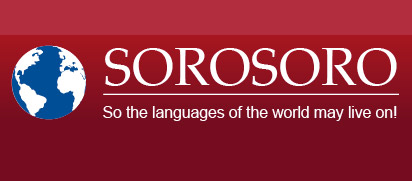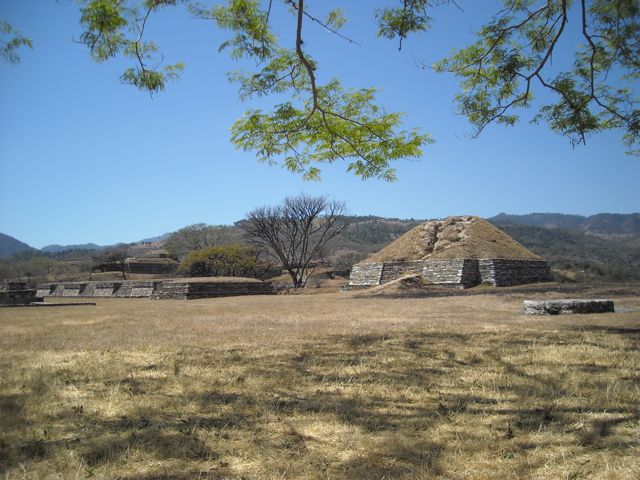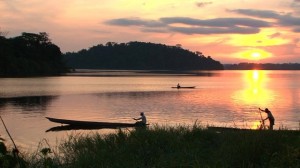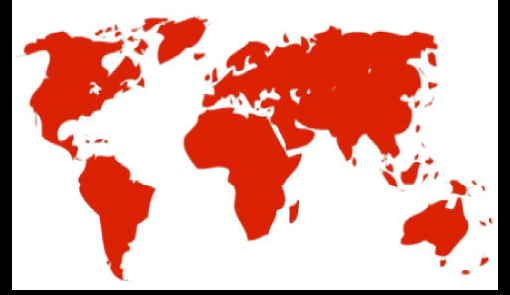Print  |
|


Endangered languages
World languages: a foreseeable disaster
The number of languages spoken worldwide today is estimated between 6000 and 7000. However, half of these are likely to disappear within this century. Alongside these languages, entire sections of human culture are threatened with extinction.
Linguistic diversity throughout the centuries
Before the conquests of the late XVth century, the world enjoyed a far richer linguistic diversity. However, the waves of colonization and the atrocities that they generated (massacres, deportation, diseases etc.) triggered the process of cultural and linguistic impoverishment.
During the past three centuries, hundreds of languages have thus disappeared from the surface of the Earth, but it was during the XXth Century that the situation worsened, and it is expected that the XXIst century will witness a disaster from which there will be no return.
The current situation
Today, the situation is truly disastrous, and the following figures give an idea of the urgency:
– 500 languages are spoken by less than 100 people
– 96% of the world’s languages are spoken by only 4% of the world’s population
– 90% of Internet pages are written in only 12 languages
– According to UNESCO experts, on average, a language dies out every other week.
– the scientific community states that over half of existing languages could disappear during the course of this century.
Current distribution of languages around the World
About half of the 6000 to 7000 languages still used around the world are concentrated in just 6 countries, in each of which there are more than 200 languages:
– India: approximately 860
– Papua New guinea: approximately 860
– Indonesia: approximately 700
– Nigeria: approximately 510
– Cameroun: approximately 280
– The Republic of Congo: approximately 215
These are followed by 11 countries, each representing100 to 200 languages: Australia, China, the United-States, Brazil, the Republic of Chad, the Philippines, Sudan, Tanzania, Malaysia, Nepal and Vanuatu.
Some examples
➢ Australia
Before the British arrived in the 18th century, approximately 250 Aboriginal languages were spoken in Australia. Today 100 have totally disappeared, 140 are almost exclusively spoken by elderly people, and only 12 are still very much alive and spoken by children.
➢ South America
The blow was very significant after the colonization of Mexico: 90% of the Native population disappeared.
During the pre-Columbian era, there were 1200 languages in Brazil. Nowadays, only 170 remain and most of these are headed for oblivion. Nearly half of these languages, located in regions that are hard to access, have not yet been studied.
In Uruguay, the Indian population has completely disappeared and no Native Indian language has survived.
➢ North America
There were between 600 and 700 languages before the arrival of the Europeans. By the middle of the XXth Century, only 213 remained. With the generalisation of English as the language of global communication, this figure has continued to drop and today, only one language is not threatened by extinction: Kalaalisut (an Inuit language, from the Eskimo-Aleut linguistic family) in Greenland.
➢ Africa
Africa today has approximately 2000 languages, around a third of the World’s languages. At least 200 of them are dying out.
➢ Europe
The family of Celtic languages (Irish, Scottish, Welsh, Cornish and Breton) is the only group within the bigger Indo-European family to be endangered as a whole, but there are more than 40 endangered Indo-European languages. The Sami group of languages (sometimes considered as a dialect group) belonging to the Uralic family is also threatened as a whole, and about 20 other Uralic languages are threatened. The Basque language, which does not belong to any identified group of languages, should be mentioned as well.
Up to 1826, Breton was spoken by more than a million people. Now, only 200 000 speakers remain and the majority is over 60 years old. Breton is held by the UNESCO to be an “extremely endangered language.”
A ces langues s’ajoute la langue basque, qui n’appartient à aucune famille répertoriée.
For further information
A few books about endangered languages
“Being a linguist: from documentation to commitment” An article by linguist Colette Grinevald about field linguists











